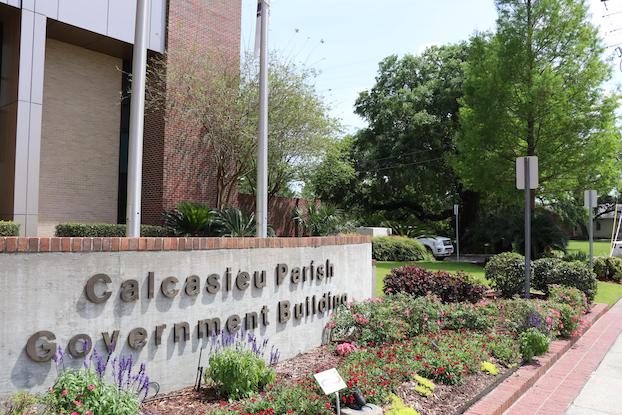Sabine Pass lighthouse frozen in time
Published 5:41 am Sunday, April 28, 2013
The Sabine Pass lighthouse hasn’t been in operation in more than half a century, yet it still stands as a testament to the architecture and construction of its time.
Entered into commission in 1857, the lighthouse served as a guide for travelers until May 21, 1952.
With 18-inch-thick walls and a base 36 feet in diameter, the 85-foot-high structure stood watch over at least one Civil War battle and has more than once been among the few bastions strong enough to withstand a hurricane.
It was also struck by Civil War cannonballs, according to historian W.T. Block.
It is not without deterioration, though. Hurricane Rita damaged the bricks that form the buttresses that support it.
“It is the grandpappy of buildings in this part of the state and built well enough that it’s still here,” preservationist Adley Cormier said. “It’s seen all sorts of bad weather, marsh fires, neglect of man, yet it’s still there.”
Although it took nine years from the time the Louisiana Legislature requested the money from Congress in 1848, construction on the $22,000 brick lighthouse began in 1856.
Outbuildings, including a keeper’s house, once stood on the property, but have since been destroyed by marsh fires.
Benjamin F. Granger, the lighthouse’s first keeper, used whale oil when operations opened in 1857.
During its nearly 100 years of service, 13 keepers tended the lighthouse, not including the many assistant keepers who also served.
Steve Purgley was the lighthouse’s final keeper in May 1952, when modern technology rendered the lighthouse obsolete.
The Coast Guard ordered the lighthouse torn down, but Purgley fought it.
It was Granger who disassembled the lantern and shut the lighthouse down during the Civil War.
According to Block, Confederate and Union soldiers skirmished on lighthouse grounds on April 18, 1863.
Although the lighthouse was not performing its function, Union soldiers, who were manning a blockade of the river, had been using the structure to spy on the Confederate construction of a fort at Sabine Pass, Fort Griffin.
After a Confederate party went missing, Confederate Col. W.F. Griffin’s suspicions were aroused, then confirmed when two Union whaleboats were seen rowing toward the lighthouse.
The Confederates lay in wait for the party, resulting in a skirmish that ended with several Union deaths and one Confederate mortality.
The lighthouse was listed on the National Register of Historic Places in 1982, one of two structures in Cameron Parish on the list.
The other is the Hebert House, which was added to the list in 1997.
“It’s pretty impressive when you think it; they’re in a very exposed area,” Cormier said. “It goes to show they did know how to build back then to make things last.”
Information for this article was gleaned from past American Press reports, www.sabinepasslighthouse.org, www.lighthousedigest.com, and www.wtblock.com.
(Photograph courtesy U.S. Coast Guard)




